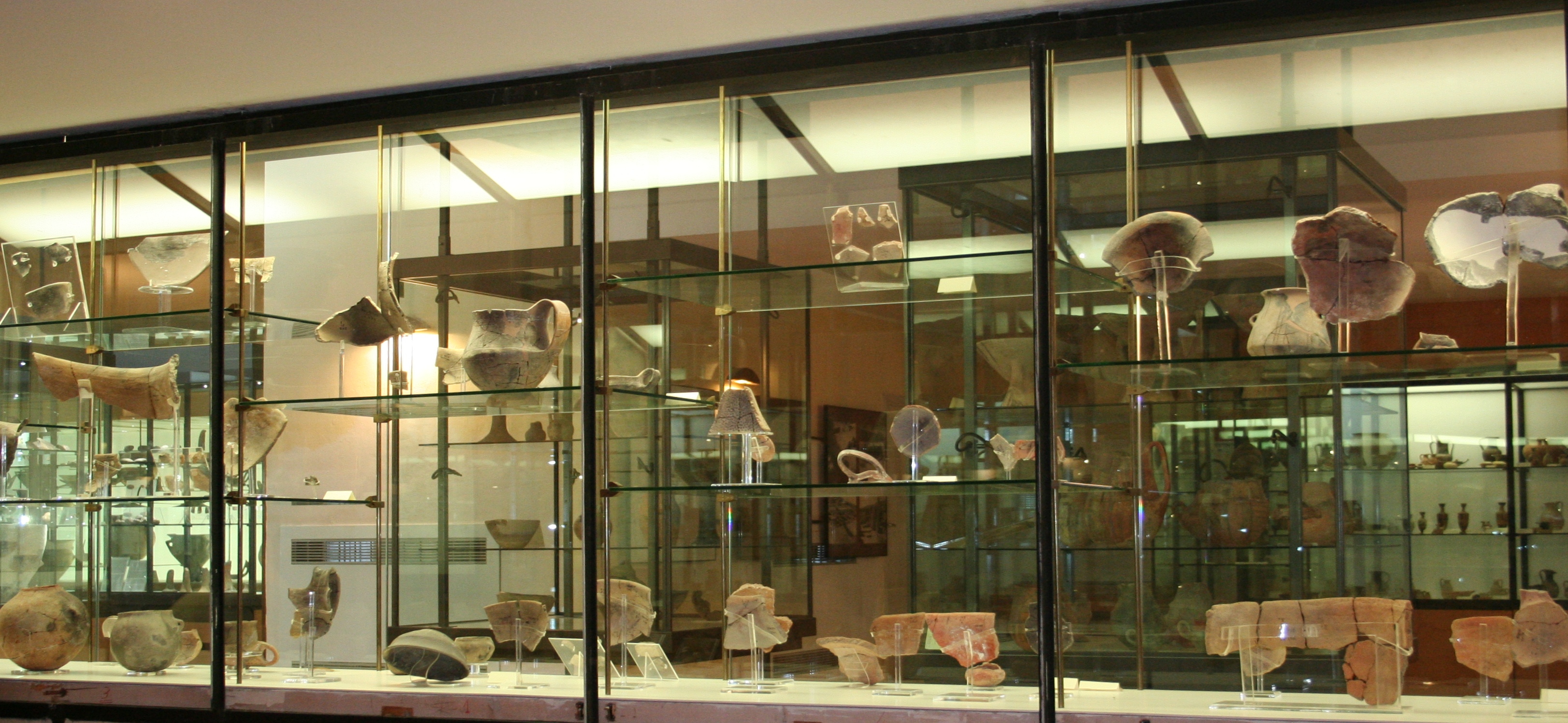The place
The room displays materials found in the western part of the province of Agrigento. In topographical and chronological order, the sites of Vanco del Lupo di Montallegro, Raffadali with the Venuses of Cozzo Busonè, Favara with the Ticchiara cave and the Castelluccio-style ceramics from the early Bronze Age, and Sant'Angelo Muxaro, a site located along the middle course of the Platani River and identified with Camico, a center linked to the mythical figure of the Sican king Kokalos. The necropolis excavated at Sant'Angelo, also characterized by tholos tombs, has yielded Iron Age artifacts with Greek craftsmanship connected to indigenous production.
Ribera is represented by four sites: Contrada Ciavolaro, which yielded numerous finds relating to a Bronze Age necropolis (2nd millennium BC), with ceramics in the Rodì-Vallelunga style, characterized by the use of ritual sacrificial meals, evidenced, among other things, by the massive presence of the typical dipper with a swallowtail handle; followed by the districts of Castello and Anguilla, with materials dating from the late Eneolithic period covering the entire Bronze Age, and finally Scirinda, with ceramics from the cultures of Thapsos, Pantalica Nord, and Ausonio II.
Monte Kronio and Tranchina near Sciacca close the exhibition. The former is certainly one of the most interesting sites because it is linked to vaporous phenomena within a karst system and characterized by underground caves that have yielded finds from the Neolithic and Eneolithic ages, when the onset of these phenomena prevented their use. Human presence continues in the upper caves, which were certainly used for cult and therapeutic purposes from the 6th century BC onwards. Contrada Tranchina, on the other hand, is represented by grave goods from a vast necropolis which, despite containing different types of ceramics, can still be placed within the Eneolithic period.



